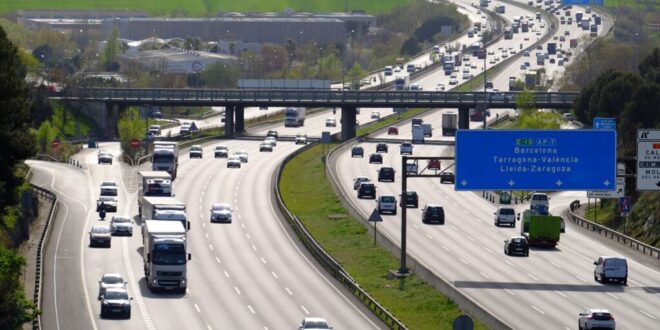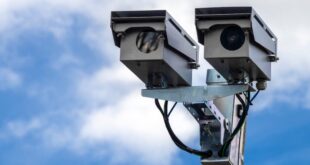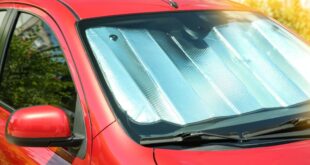Spain is planning to limit the use of the left lane on motorways when there’s snow or ice. This will free up space for emergency vehicles, and improve road safety.
Credit : csp, shutterstock
Driving in bad conditions? If you’re driving in bad weather, you might need to drive on the right side of the road
Spain’s traffic authority, the Dirección General de Tráfico (DGT), is shaking things up on the roads, and if you’re used to zipping along in the left lane, you’ll want to pay attention. In late 2025 a new rule is set to take effect. During severe weather conditions like snow and ice, motorways’ left lanes will be closed.
That means no overtaking, no exceptions — everyone will be required to stay in the right-hand lane. Why? Keep the left side free for emergency vehicles, snowploughs and other vehicles that need to access the road quickly when it is dangerous.
Ana Blanco is the deputy director of traffic for the DGT. She says that the concept is simple: “When there’s snow or ice and all lanes get blocked, road crews and rescue teams can’t make it through.” To stay safe, we need to keep this space open.
What the new Spanish left lane rule means for drivers in bad conditions
It doesn’t mean that the left lane has been banned permanently. This rule only applies when there are official weather warnings. You’ll know it by electronic signs, temporary traffic signals and traffic alerts.
It’s an intelligent move, particularly when you consider how frequently heavy snowfalls create traffic jams on Spain’s highways. Emergency services can reach trouble spots faster by avoiding cars stuck in wrong lanes.
Motorcyclists now have the right to use the hard shoulders in traffic jams under a new DGT regulation
Bikers can rejoice too. Under the upcoming changes, motorcyclists will legally be allowed to use the right-hand hard shoulder on interurban roads — but only when traffic is at a standstill.
It has been a common practice, but it was a grey area in the law. Now, with changes to Article 36, motorcyclists will have the green light to pass through traffic jams safely — as long as they stick to a 30km/h speed limit and watch out for cyclists and authorised vehicles sharing the space.
DGT says that it is an update to reflect what is already happening, and add safety rules in order to protect all.
The new Spanish traffic laws aim to improve safety and flow on the road
These new rules are part an effort by DGT to make Spanish road more efficient, safe and responsive, particularly in bad weather conditions or heavy congestion.
You’ll need to be prepared if you see snow forecast in Spain. If you are on two wheels you may be able to get there a little faster and more legally.
The latest news and updates from Spain
 Costa News Spain Breaking News | English News in Spain.
Costa News Spain Breaking News | English News in Spain.





